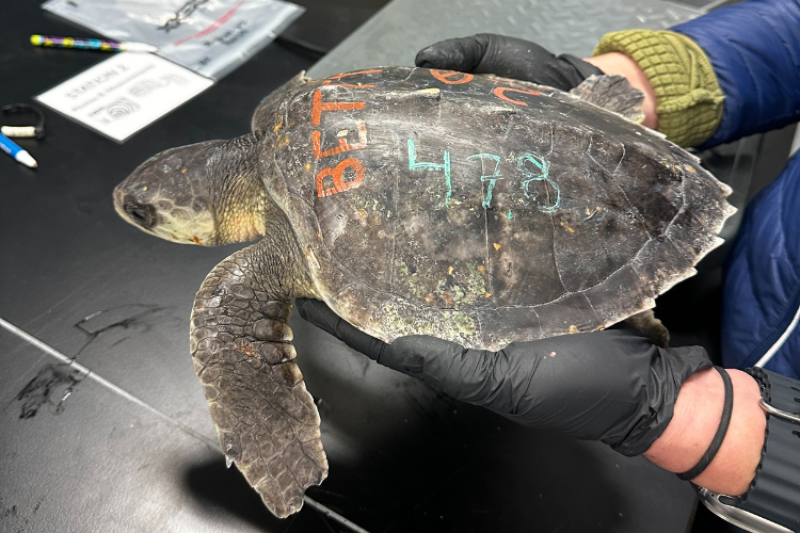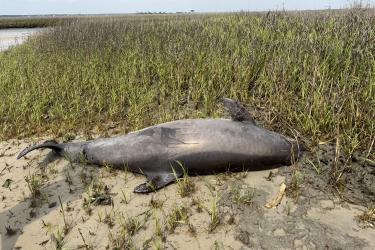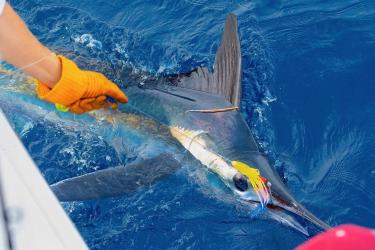More than 500 endangered Kemp’s ridley sea turtles found cold-stunned in Massachusetts over the last 5 weeks were brought to the New England Aquarium. Once stabilized, Turtles Fly Too transported some of them to sea turtle rehabilitation facilities across the Southeast. They brought 40 of the turtles to the Mississippi Aquarium. They were also given names—each sea turtle is named for a Taylor Swift song!
When water temperatures rapidly decline and sea turtles can’t move to warmer waters, they can suffer from a form of hypothermia called cold stunning. The turtles become lethargic; they have decreased circulation and difficulty swimming. They can die if they’re not rescued.
Roughly 750 sea turtles are cold-stunned in the Northeast every year between November and January. This large number quickly overwhelms local rehabilitation facilities, so the turtles must be transported to other facilities to continue their care. Turtles Fly Too connects general aviation pilots to help fly the sea turtles south—the faster trip is less stressful for the turtles and requires fewer staff than driving.
When the turtles arrived at the Mississippi Aquarium, veterinarians and volunteers immediately began assessing them. The turtles got physical exams and staff placed them in heated tanks where they will continue to recover. Many of the turtles had pneumonia; two others had fractured shells. They were treated with fluids, vitamins, antibiotics, and other medications.
Melissa Cook, Ph.D., a NOAA Fisheries research fishery biologist, was on hand to help. She took pictures of each turtle as they were being assessed, weighed them, and gave them ID bracelets. Melissa was the Mississippi Sea Turtle Stranding and Salvage Network Coordinator from 2011–2021 and has assisted with many turtle rescues. She says, “The turtles are really small, much smaller than the Kemp's ridleys we typically see stranded off of Mississippi.”
Kemp’s ridley sea turtles are primarily found in the Gulf of Mexico and the majority of nesting occurs in Tamaulipas, Mexico. Juveniles feed in the nearshore Gulf and northwestern Atlantic Ocean habitats.
The sea turtles—Fearless, Dorothea, and Travis among them—will regain their health at the aquarium. Most of the turtles with pneumonia are expected to “shake it off” in 2 to 3 months. After a “swift” recovery, aquarium staff, volunteers, and NOAA Fisheries scientists will release them into the Gulf of Mexico, an environment they know “all too well.”
If you see a sea turtle or marine mammal in distress, report it to your nearest stranding network.




